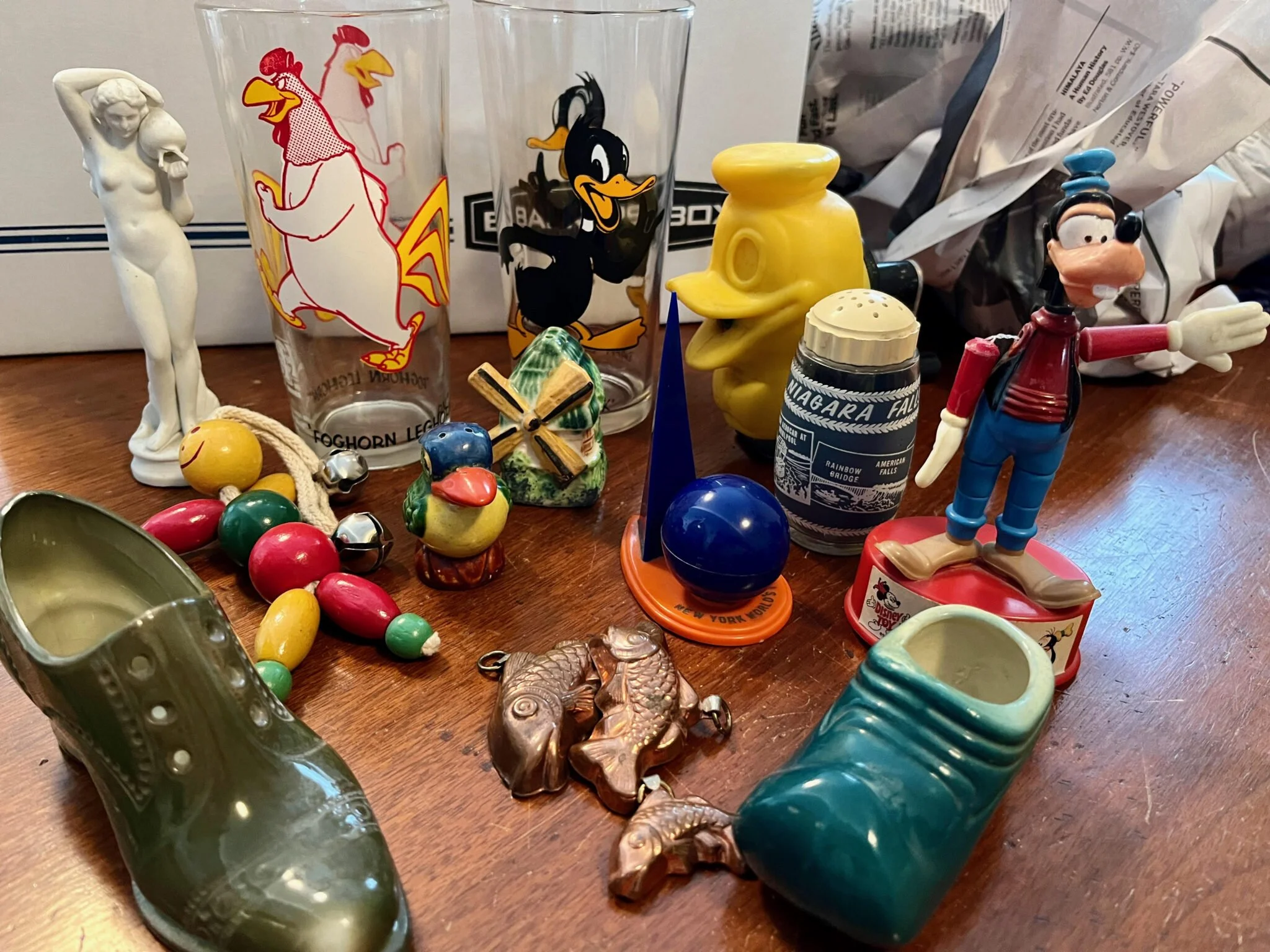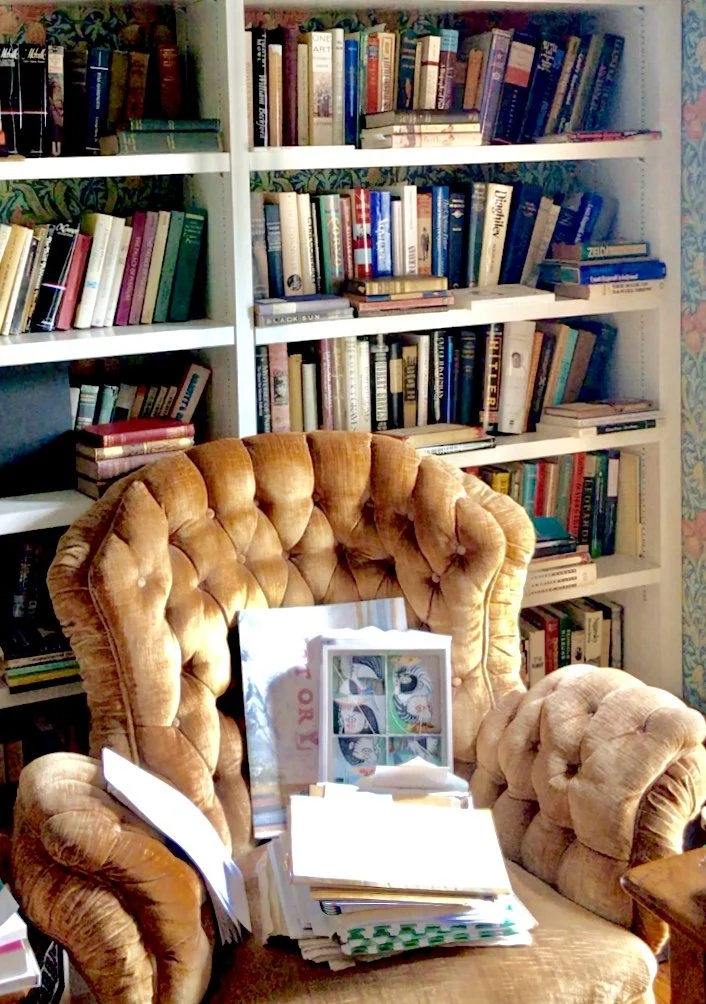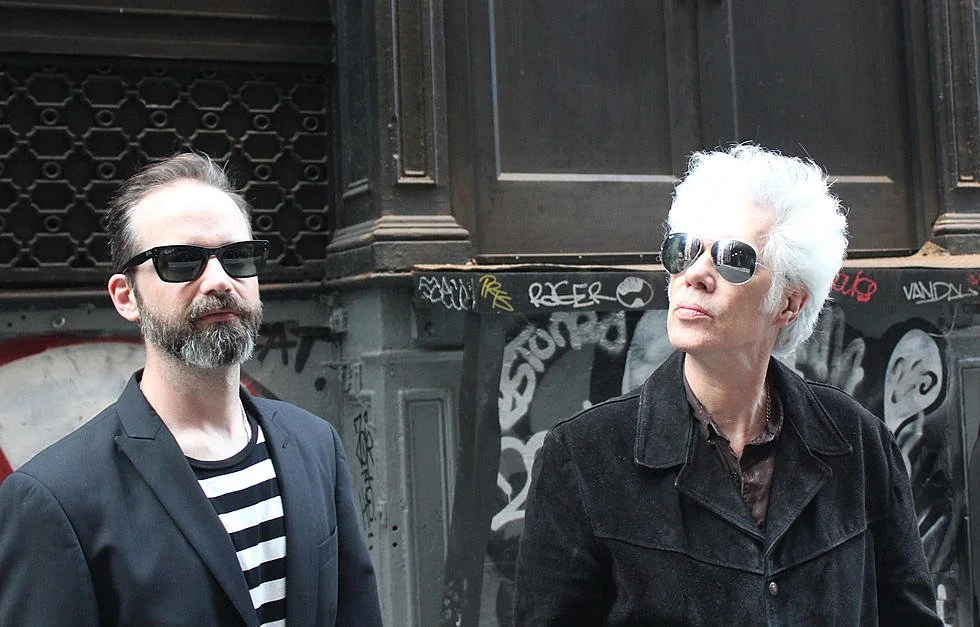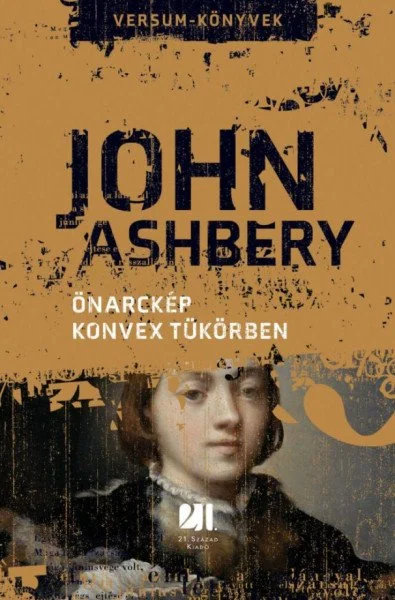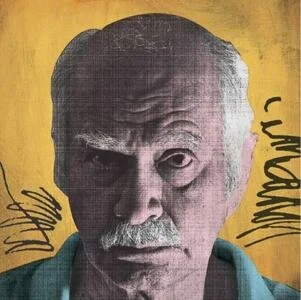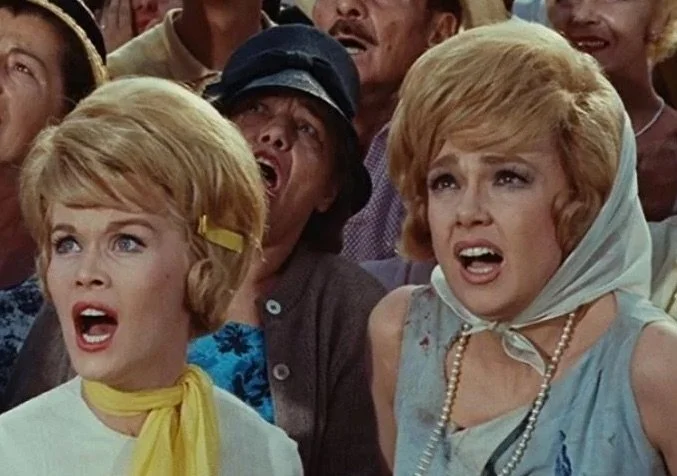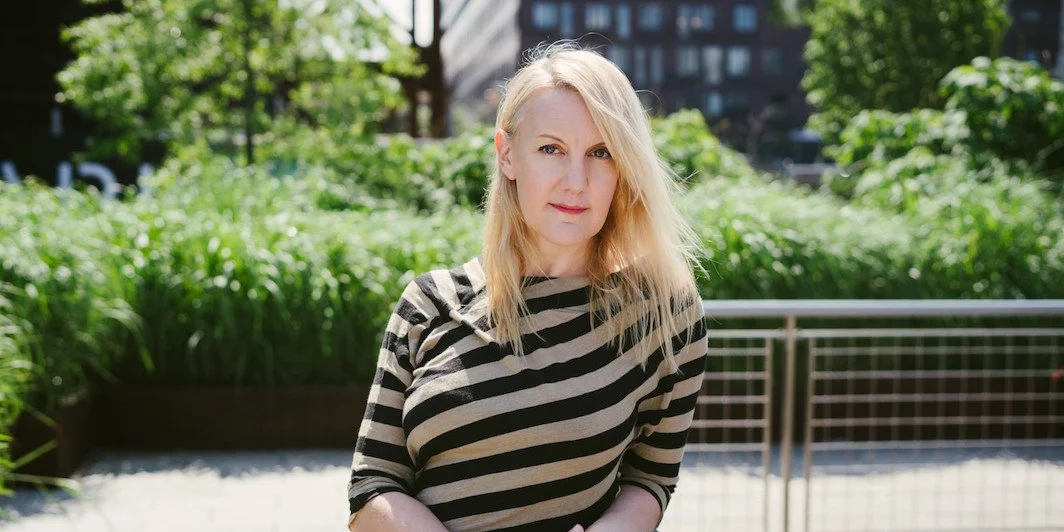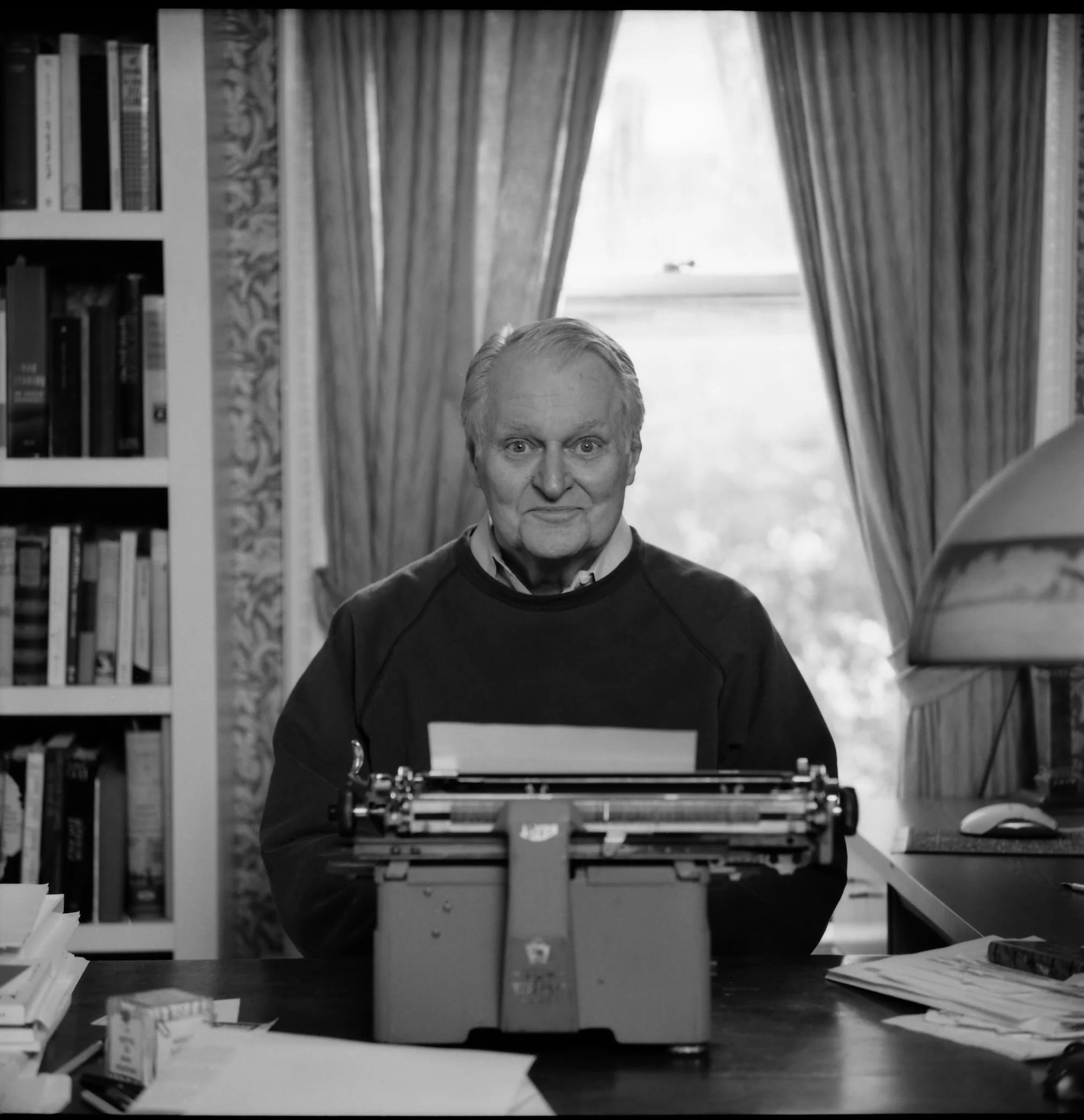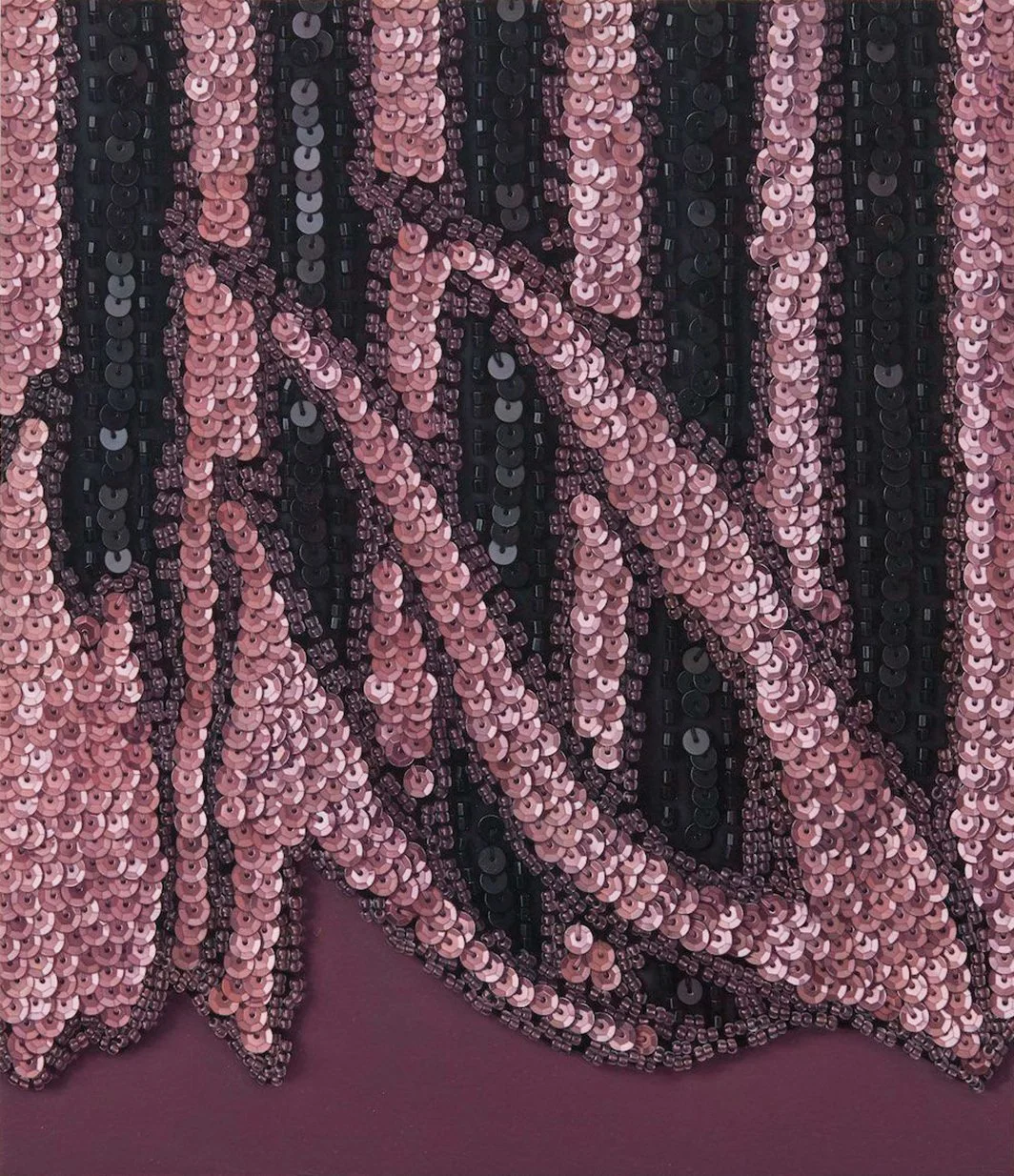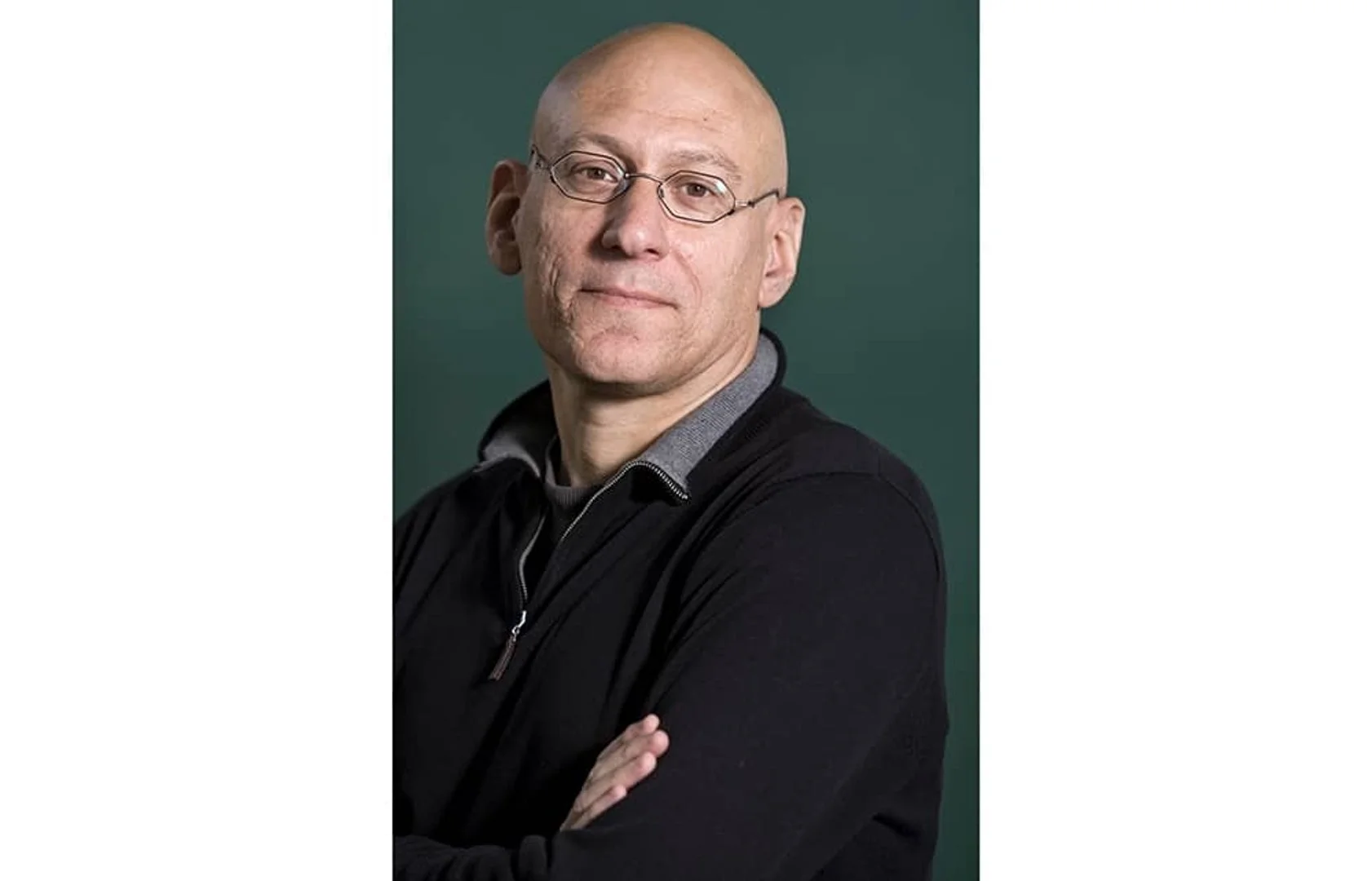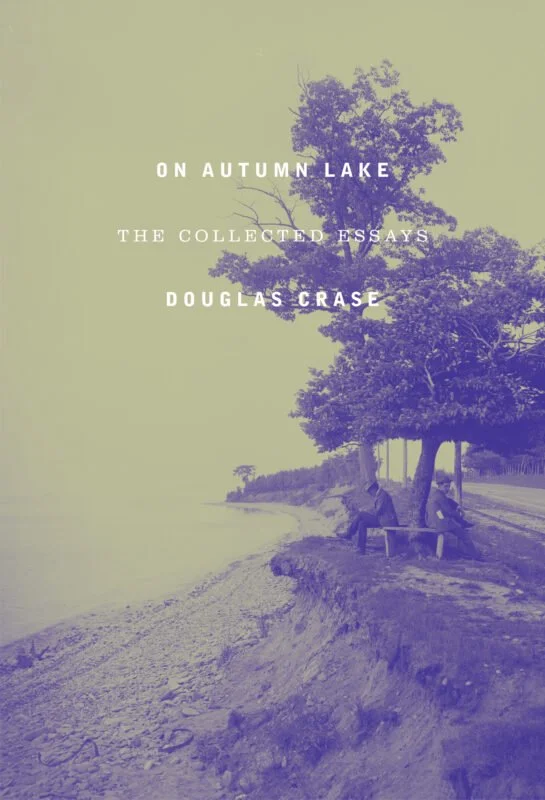“I thought that if I could put it all down, that would be one way,” writes John Ashbery, also a poet who follows the unpredictable play of the mind. “And next the thought came to me that to leave all out would be another, and truer, way.” Graham is a poet who, for much of her career, has tried out various ways of putting it all down, and of reflecting on the mind’s and body’s leaps and limits in that quest. In her first book, Hybrids of Plants and of Ghosts (1980), the fraught enmeshment of the human in the natural world had already oriented her eye and ear: “When a forest / burns, the mind / feels compelled to say / I did it, I must have / done it,” she wrote in “Mimicry.” . . .
Read MoreJOHN ASHBERY IN THE PHYSICAL WORLD (Full Stop)→
/Recently, over the course of two visits, I went to Hudson, NY, some 120 miles north of New York City, to visit The Flow Chart Foundation, an organization that houses the Ashbery Resource Center archive and research facility and hosts events aimed at “explor[ing] poetry and the interrelationships of various art forms as guided by the legacy of American poet John Ashbery.” . . .
Read MoreASHBERY-ESQUE: ADVENTURES IN CATALOGING THE JOHN ASHBERY READING LIBRARY (Stylus)→
/Cataloging John Ashbery’s book collection has been a massive undertaking. At least it has been for me, the English Department grad student who, book by book, leaves through the foxed pages that frame the background of Ashbery’s rich literary life. After processing over 2,500 books from his library in a mere nine months—roughly half of the collection, which was generously donated to the Poetry Room by David Kermani—Ashbery’s archived books have revealed some fascinating things about him, his peers, and maybe even about myself. . . .
Read MoreSQÜRL (JIM JARMUSCH AND CARTER LOGAN) ANNOUNCE NEW LP (Brooklyn Vegan)→
/This announcement, appearing in Brooklyn Vegan, on a new LP from SQÜRL, features a track with Charlotte Gainsbourg, called “John Ashbery Takes a Walk.” . . .
Read MoreEPHEMERA (Poetry)→
/The bookshelf I face in my study. Often I turn books out, and I like thinking about them in conversation with each other. At right is the famous image of Mina Loy on the cover of her novel, Insel. I wrote an essay on her artworks recently, so she has been present. The essay, titled “Mina Loy: Art of the Unbeautiful True,” will soon be published in Mina Loy: Strangeness Is Inevitable (Princeton University Press, 2023). . . .
Read MoreMY TRAVELS IN THE LAND OF WINKFIELD (Hyperallergic)
/It’s easy to see why Winkfield was a favorite artist of John Ashbery, whose sestina, “Farm Implements and Rutabagas in a Landscape,” was populated by the comic-strip characters Popeye, Olive, Wimpy, Swee’Pea, and the Sea Hag. One could, in fact, liken Winkfield’s paintings to a sestina — which is a complex, 39-line poem featuring an intricate, pre-established repetition of end words in six stanzas — except that there is no reiteration in his work. . .
Read MoreTHEY CAME FROM AMERICA—JOHN ASHBERY, ANNE SEXTON and BILLY COLLINS (Magyar Kurïr)→
/Within a relatively short period of time, three significant figures of (post)modern American poetry were able to present themselves to the Hungarian audience in an independent volume. Each publication is one of the most beautiful achievements of the domestic literary translation culture operating under bleak conditions. . . .
Read MoreTYPEFACE INSPIRED BY RUBÉN DARIÓ (LitHub)→
/I applaud Solis’ project, and I think we need more poet-inspired fonts. Here are a few ideas:
-Sappho: Every letter is only half drawn, but in a really sexy way.
-Gertrude Stein: Every letter is repeated from two to seven times.
-John Ashbery: All the Bs look like Ds. . . .
Read MoreFIVE YEARS ON: THE DAY JA DIED (Best American Poetry)→
/“….exquisite mind cartoons that could be heard with eyes closed, the voice perfectly ordinary with the slight edge of extravagant conversational camp, a mind artifice not unnatural to hypnagogic revery, deceptive, till you hear the chasm landscapes and awkward universes created and contradicted in vast gas-deposit shocking trivial universal mind.”
--- Allen Ginsberg – from an introduction to a reading by John Ashbery, at Naropa Institute, 1975.
. . .
Read MoreLANGUAGE AS A SUBSTANCE (Dawn)→
/Writers interested in new approaches were obliged to seek shelter with small presses, or with subsidised university presses, such as the Yale University Press and the Wesleyan University Press, which were the first to publish John Ashbery, the latter bringing out his book The Tennis Court Oath. . .
Read MoreNEO-BENSHI FILM CABARET AT HUDSON HALL (The Berkshire Eagle)→
/HUDSON, N.Y. — Picture a film projected on a silver screen in an elegant hall. The images are clear, even familiar, but something is missing — the original sound is gone. Instead, a performer standing in front of the screen offers a new audio option — perhaps a poem, some music, even dance. . .
Read MoreKENWARD ELMSLIE DIES AT 93 (The New York Times)→
/But his more serious poetry could be ambitious, as well as dense. Mr. Ashbery once said that it was like the notes of “a mad scientist who has swallowed the wrong potion in his lab and is desperately trying to get his calculations on paper before everything closes in.” . . .
Read MoreA NIGHT OF NEO-BENSHI AT HUDSON HALL (Chronogram)→
/Here in the 21st-century US, we can trace so much of our current popular culture to East Asia. Think about it: What would life in modern America be like without sushi, manga, or karaoke? And now, add to the list the art of neo-benshi, which sees its practitioners replacing the dialogue of scenes from popular films with their own new, original—and often side-splittingly surreal—dialogue for audiences at live screenings. . .
Read MoreA DAUGHTER, HER FATHER, AND THE LONG-GONE POET WHO BROGHT THEM TOGETHER (The New York Times)→
/“…She soon learned the answer. Her father, according to Josh Schneiderman, a Frank O’Hara scholar, had alienated Maureen O’Hara, Frank’s youngest sister and the fierce guardian of his estate, by telling her that John Ashbery was the better poet and asking her about her brother’s sex life. (O’Hara was gay, and it was an important part of his identity and his writing.) Soon after, Schjeldahl was exiled from his position as authorized biographer…”
Read MoreUNFINISHED BUSINESS: THE CAPTIVATING AFTERLIFE OF JOHN ASHBERY (Elephant)→
/“I was never interested in doing art criticism at all—I’m not sure that I am even now”, the poet John Ashbery told the Paris Review in 1983, 26 years into his career doing art criticism. “As so often when you exhibit reluctance to do something,” Ashbery continued, “people think you must be very good at it. If I had set out to be an art critic, I might never have succeeded”. . . .
Read MoreON VICTORIA GITMAN (ArtForum)→
/The press release for Victoria Gitman’s master class of a retrospective “Everything Is Surface: Twenty Years of Painting” shares that the show owed its title to a line from John Ashbery’s 1974 poem, “Self-Portrait in a Convex Mirror.” Ashbery’s text is also an homage—the title was borrowed from a sixteenth-century tondo painted by Italian Mannerist Parmigianino, an image the poet first encountered in reproduction. . .
Read MoreDID POSTMODERNISM PAVE THE WAY FOR DONALD TRUMP? (The Spectator)→
/This does of course float perilously close to Tolstoy’s meaninglessness, which is a form of smugness. It is not surprising that Shields emerges as an admirer of that elegant airhead John Ashbery, for whom poetry was phrase-making. Ashbery’s phrases are delicious (thanks to Deerfield and Harvard); but it’s Mallarmé without the mystery, and after a few poems, the effect is gormless. At regular intervals Shields draws his own blood – it saves him from Ashberyism. . .
Read MoreHOW TO UNDERSTAND JOHN ASHBERY (LitHub)→
/We are used to hearing of poets so private they speak for all of us. We are not used to hearing that John Ashbery is among them. Anyone who has ever been baffled by Ashbery’s work will understand the temptation to conclude that here is a poet so private he is truly private, so difficult he is truly inaccessible. But to arrive at that dead end is exasperating, if only because the reputation leads you to expect much more. . .
Read MoreTHE BIOGRAPHY OF A GREAT POETRY (Brooklyn Rail)→
/And yet … you’d be hard pressed to find contemporary poems in English that exhibit an affinity with the poems gathered here, the kind of affinity that, without being anything like them, the early poems have with poems by Hardy and Frost, Yeats and Moore. Scads of poems in the 1930s and ’40s were influenced by Auden, some written by his friends, but the most recent readable and widely-available proof of his influence I know of is John Ashbery’s Some Trees, published in 1956, and a poem Philip Larkin added to his 1946 The North Ship when it was reprinted 20 years later, “Waiting for breakfast, while she brushed her hair.” . . .
Read MoreTHE NEW YORK SCHOOL POETS (JSTOR Daily)→
/Way back in 1976, both Ashbery and O’Hara were considered “painterly poets,” whatever that means. One early critic named Fred Moramarco describes “Self-Portrait” like this . . .
Read More


